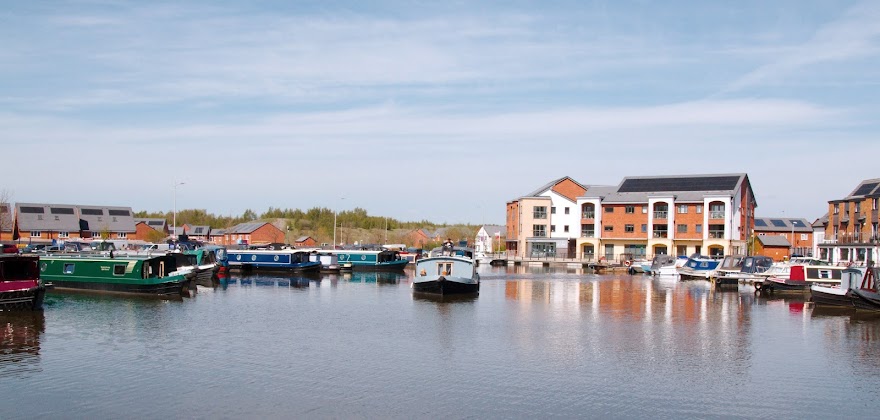As said butterflies can be tricky to photograph, either you get too close and they fly off or they flutter from flower to flower without pausing or allowing you to focus properly.
As I have been trying to improve I have put below are some tips I have found useful when photographing butterflies;
- I have found that if I keep the tripod head loose and use the tripod for some stabilisation it allows me to get in quicker.
- Set the camera'ss sensor parallel to the wings this will help to ensure the wings and body are sharp.
- Wait for the butterfly to be front lit by the sun.
- Use a fast shutter speed (try ISO400 to help increase shutter speed)
- Wait for it to be colder, butterflies need the heat of the sun to use their wings, try and get them earlier or later in the day when they are sat absorbing the sun.
- Shooting in JPEG instead of RAW, you may want to consider shooting in JPEG instead of RAW. This will allow you to snap a lot more shots in a burst, increasing your chances of getting a sharp photo (when everything stood still for a microsecond) especially if you’re having a hard time with the wind and a constantly moving butterfly.
- Wait for the butteflies to come to you, focus on a flower and you will find they will come and settle on one near you rather than you chasing them. This requires some planning and research on my part and use a wide aperture (f/2.8-f/5.6 - f/4 is ideal) and a relatively fast shutter speed (maybe 1/1600s, however anything >1/250), ISO200-400 and then wait for a butterfly to appear. bracketing exposure may lso help - 3 shots if your camera has this functionality.
- Patience, patience, patience and practise practise practise.
- Also try zooming in or macro shots, try with the flash as well , above all try and be creative
Canon 1200D
7-300mm Lens, set to macro 200-300mm
ISO 200
f5.6
1/500
Tripod - Velbron Sherpa 200with ball head
Examples from today's walk around Stretford Meadows, early morning;
Gate Keeper
Large White
Large White
I am more pleased with these images, still some room for improvement but finally getting there.
























